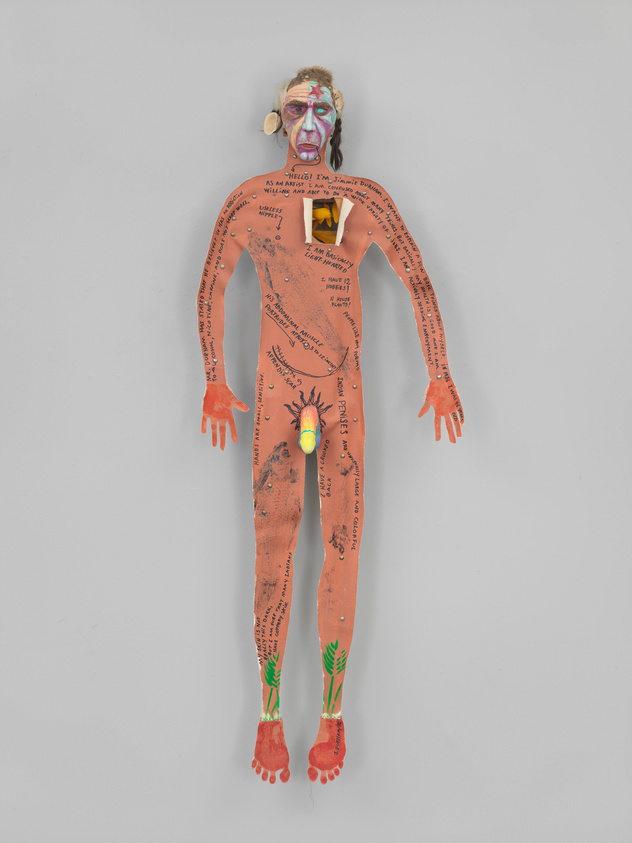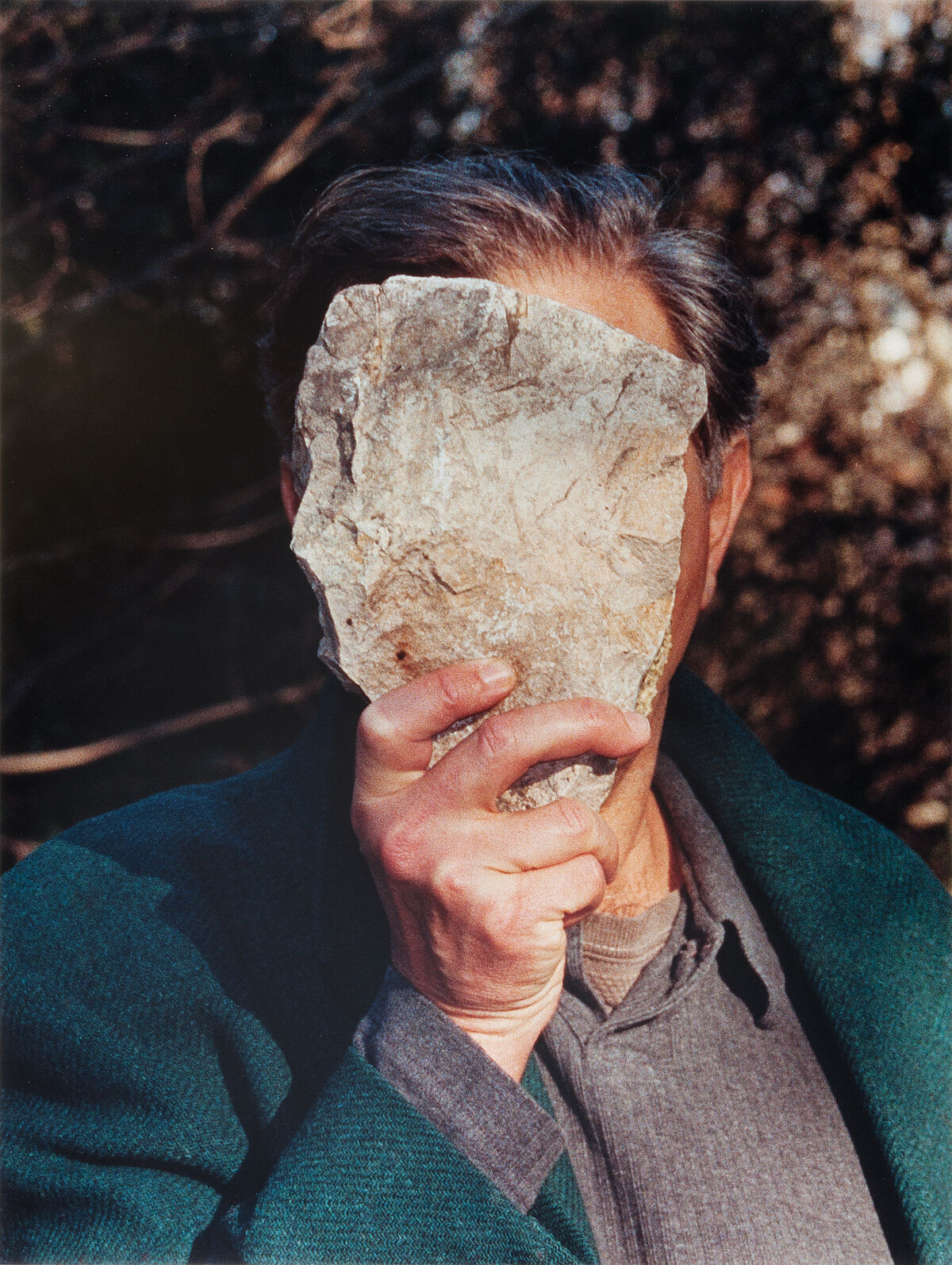Caliban Codex, 1992
Oct 30, 2017
0:00
Caliban Codex, 1992
0:00
Narrator: 1992 was the five-hundred-year anniversary of Columbus’s encounter with the Americas. The Caliban Codex is one of several works in which Durham responded to that event, looking at colonialism in a global context. Some of its pages contain drawings.
Mario Caro: There's this very crudely made face.
Narrator: Mario Caro specializes in contemporary Indigenous art. He teaches at the Massachusetts Institute of Technology.
Mario Caro: You want to read it as a mask, but it could be a portrait of Shakespeare's Caliban, The Tempest, right? Where you have this figure, Prospero, a duke that gets exiled and stranded on an island. There he meets the kind of prototypical Native, Caliban.
Narrator: Prospero makes Caliban his servant, and teaches him language.
Mario Caro: In Shakespeare's play, Caliban talks about how grateful he is that he's been able to learn this language from Prospero, because it allows him to curse him. Learning the enemy's language in order to resist or combat the enemy. This is definitely what Durham is enacting here. He's really captured the resistance, the anti-colonial stance that is there in the original Caliban.
Durham is very aware of the role of language and the history of language. There have been laws that have been passed to prevent Native folks from maintaining their language. Language is an extreme marker of someone's cultural identity. It's a whole worldview.
If you're going to talk about language and Native languages, which I think this piece is doing, you can't help but invoke that violent history of forcibly taking away a language and imposing another language.


